According to the Center of Academic Integrity, almost 80% of college admitted to cheating at least once, while a study by the Psychological Record reveals that 36% of undergrads admitted to plagiarism.
Most of the statistics about plagiarism that is available relate to cheating in the academic realm, but as freelance writers, we know very well how prevalent and serious the issue of copying another’s work is.
Heck, these days, even speeches are being plagiarized! You know what I’m talking about. *Wink* *Wink*
On our part, we cannot take the issue lightly, especially if we’re doing client work. You might even have plagiarized someone else’s work (unwittingly or otherwise), or your work may have been used by others.
That’s why there have been a variety of online tools that check for duplicate content, many of which follow the freemium model.
I’ve been given the chance to try out a new plagiarism checker, Noplag, which I’d like to share with you today. Let’s dive right into it.
Noplag hands-on
Noplag offers two main services: Plagiarism Detection and Writing Check.
Plagiarism Detection:
- Light internet check
- Deep internet check
- Publications check
- Noplag database check
Writing Check:
- Spell check
- Grammar report
- Style suggestions
It’s basically a two-in-one tool.
Noplag has two free plans – one does not require creating an account. The other requires an account. The difference is in the type of checks you can run and the number of words you can upload.
For the first type, you only need to paste the text you want to check. This is done from the home page. It’s as simple as that.
Given the text I checked above (this is from a real post, by the way), here is the result.
Obviously, the person who wrote this article published it somewhere else. Yes, that got under my skin.
Now, since I’ve published several articles from the same person, I want to check the rest. With the “no registration” account, however, I am limited to one check per day. And I can only check 40o words. So, I registered for a free account, checked the other articles, – you’ve got 10 free checks with a 500-word limit – and had the same results: they were found somewhere else online.
The obvious course of action was to ask the writer to either re-write his material or for me to take it down.
Now, you’re probably thinking that the free accounts are too limited to be of much use. You have a point. Being able to check a mere 400 words once a day is practically of no use if you’re churning out articles every day (which is probably the case). And, for the free 10 checks, 500 words may not be enough if you work on longform articles.
You may then want to check out the premium account. With this account, I was able to check the entire article, and the data was even more revealing.
I found more duplicate pages. The checks I have shown above are all internet checks. Noplag offers other features such as publication and database (Noplag’s own) checks – both of which yielded no duplicates as expected.
The premium account has a Writing Check feature as well.
I have to say, however, that the from my tests, you cannot rely solely on the results of the Writing Check – something that is common to most services, both online and offline. If you remember my review of Grammarly, I described it as my first line of defense and that I do not follow all of its suggestions. The same goes with Noplag.
The verdict
Noplag is a handy tool whether you want to check if what you have written is similar to something that has already been published. It does happen even if we’re not aware of it. After all, we get information from various sources, and sometimes, we unconsciously use the same words and sentence structures.
It also works the other way around – check if others have copied your work – as I showed above.
The only issue is that, if you cannot shell out money for the premium plans, you’ll be stuck with the free plans which are very limited. Also bear in mind that this free plagiarism checker is just starting out, so they are probably going to add more features in the near future.
Here is the pricing plan for your reference, by the way.
I say test out the free plans first to see how they work for you and if the number of checks is enough to meet your needs. If you need more, then you can easily upgrade to one of the paid plans, and when you feel you don’t need the service anymore, you can always cancel your subscription.
Try out Noplag for free here.
On that note, I’ll end with two questions.
- Have you ever found yourself plagiarizing someone’s work without realizing it?
- Have you ever had your work plagiarized? (This happened to me, and it was a nasty ordeal, but that’s a story for another day.)
Tell us your stories!

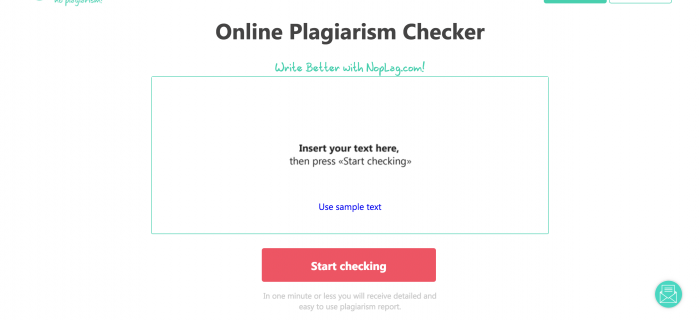
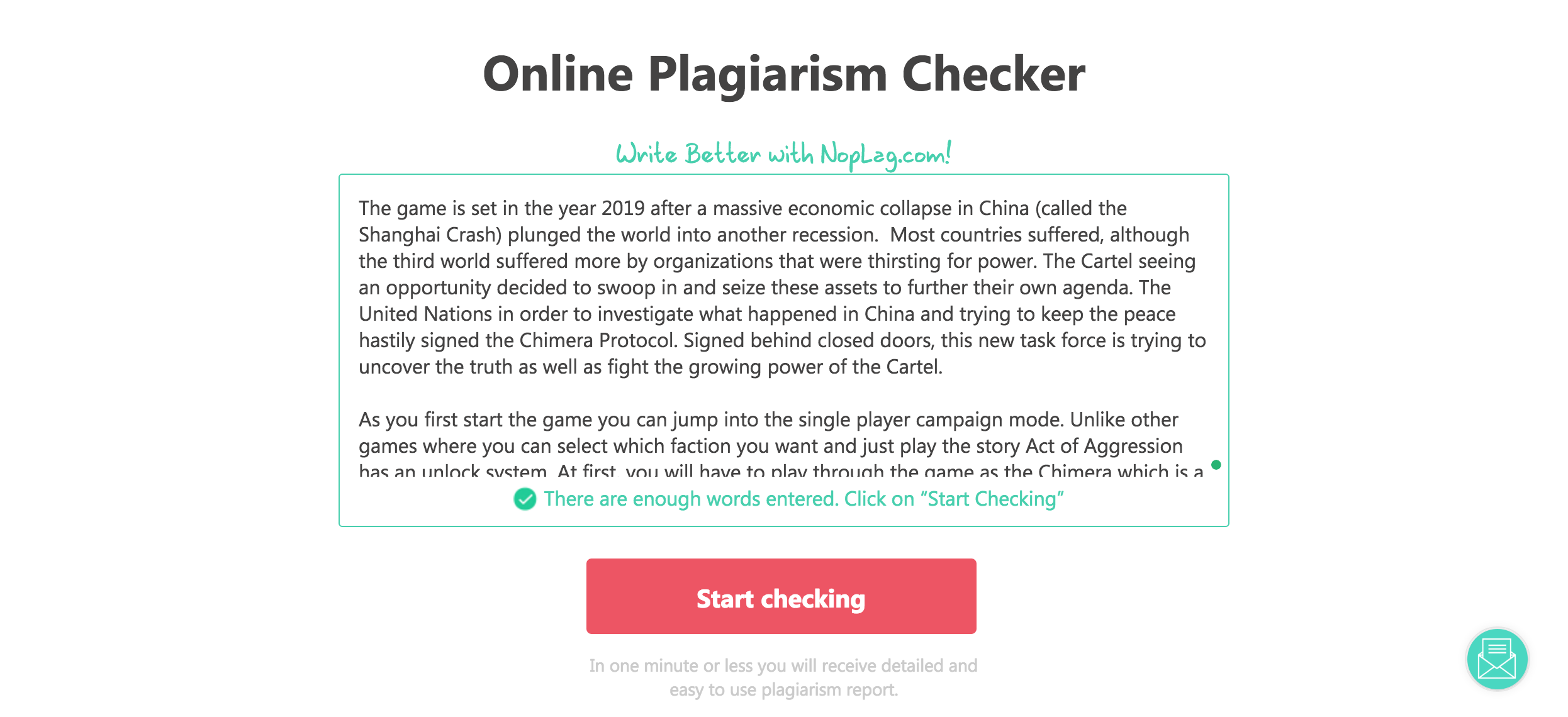
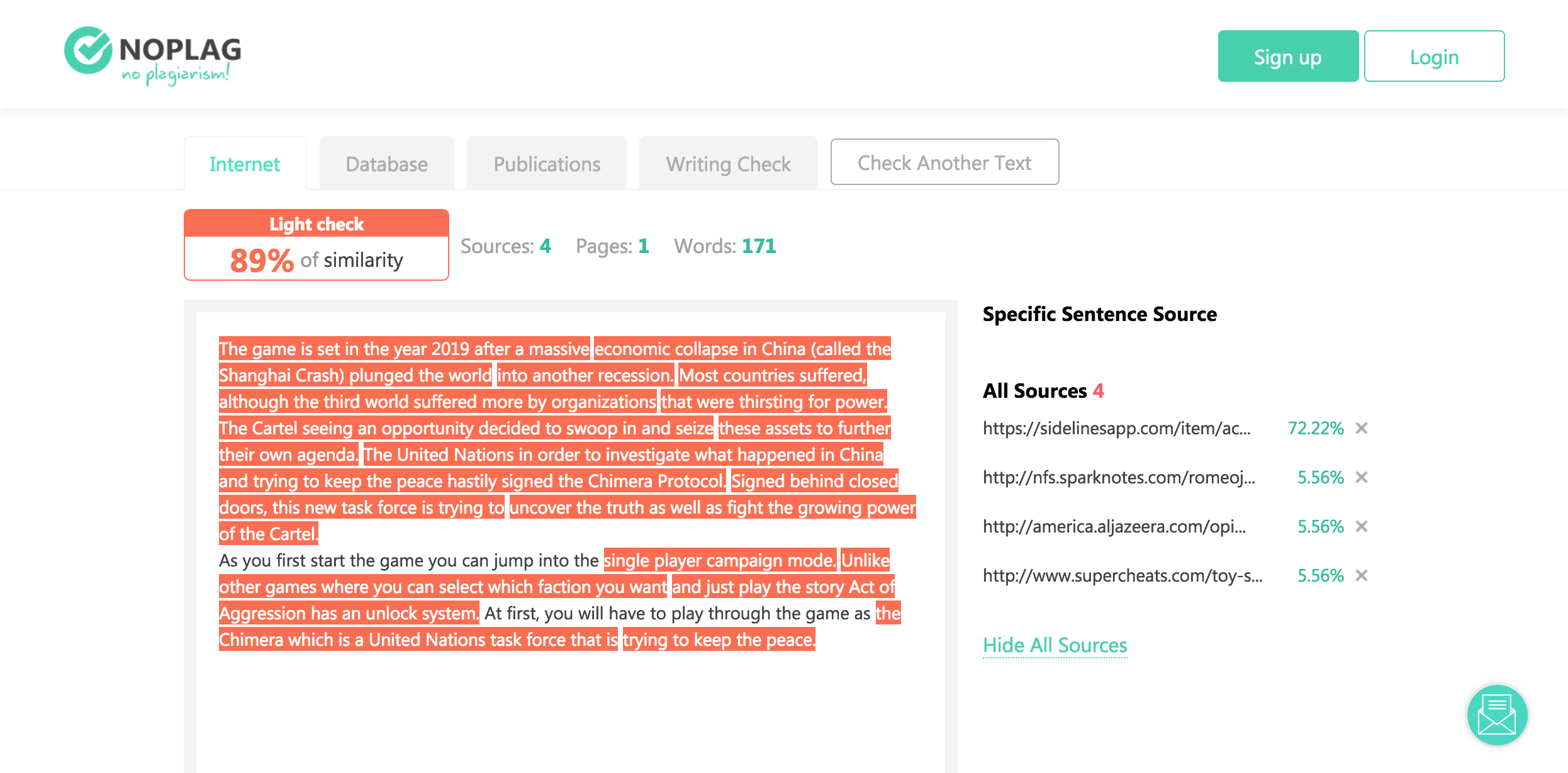
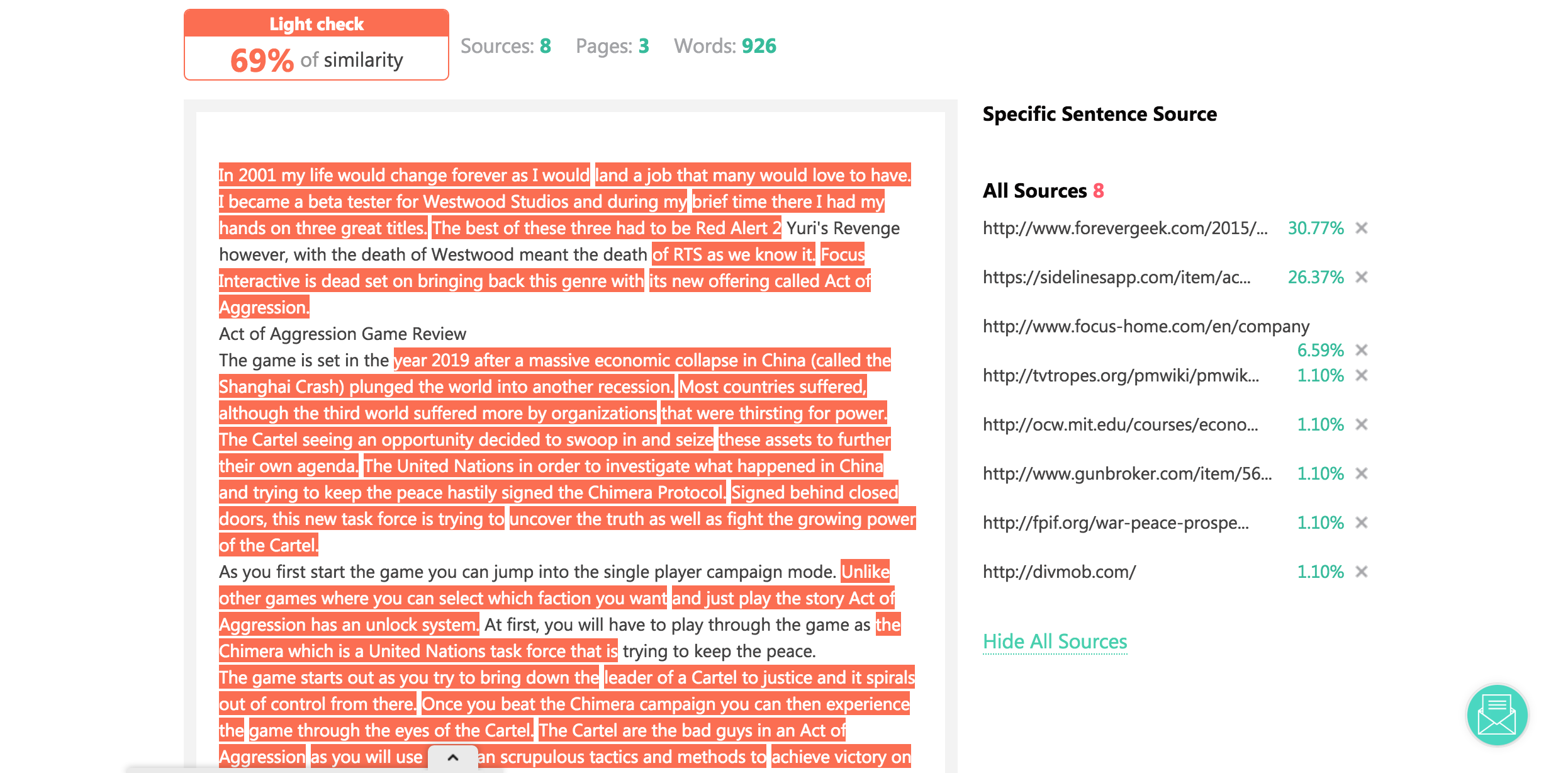
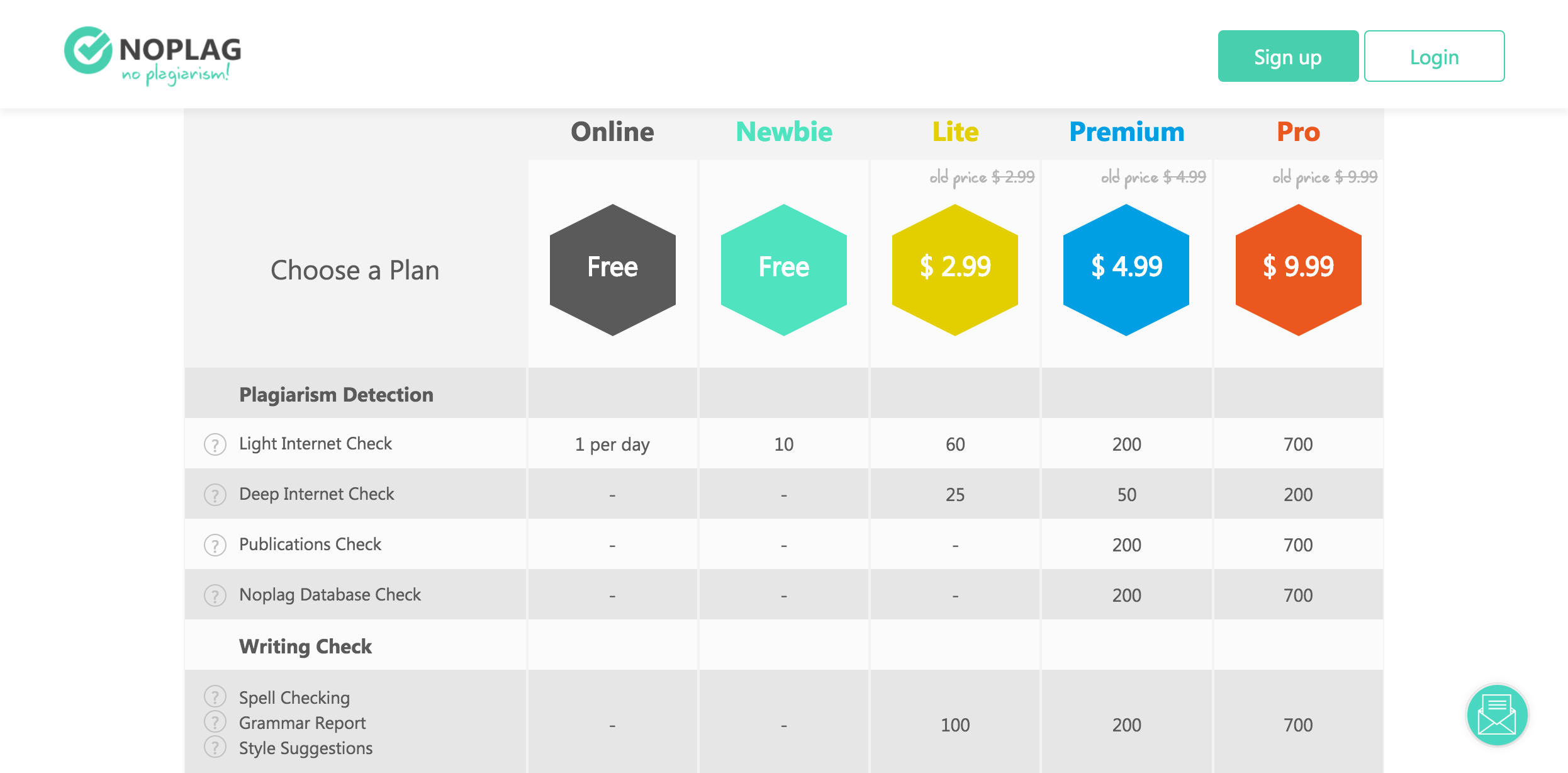

Leave a Reply